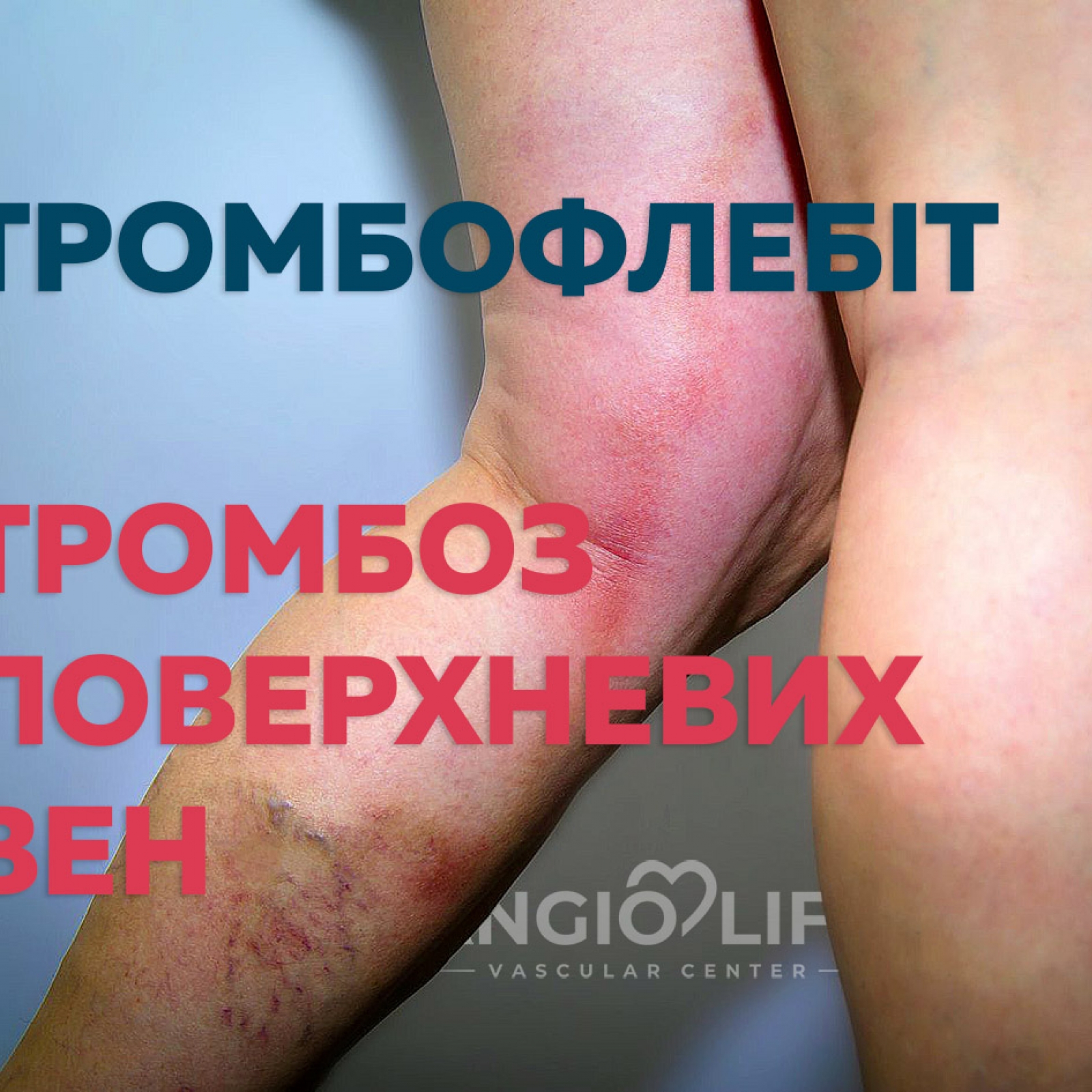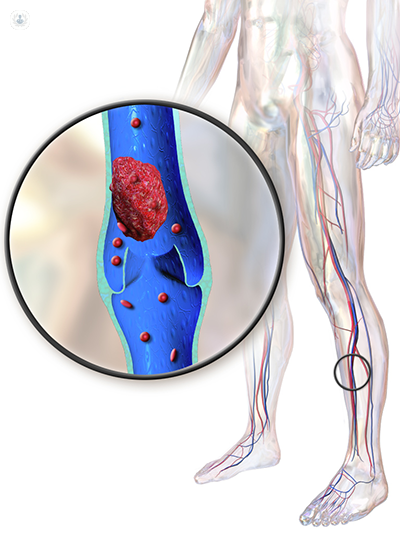- Varicose veins treatment in Kyiv
- Varicose veins treatment in Zaporizhzhia
- Edema and lymphostasis treatment
- Myths about varicose veins
- Massage and varicose veins
- Treatment of varicose veins with hydrogen peroxide
- Veins ache and pull blood vessels
- Can I treat varicose veins with pills?
- Treatment for varicose veins with leeches and bees. Benefit or harm?
- Is it possible to get rid of varicose veins with the help of gels and ointments?
- After 70 years, is it too late to treat varicose veins?
- Do mud baths help with varicose veins?
- Is it possible to get rid of varicose veins with compression knitwear?
- If you make an "open" operation - varicose veins will never appear again. Is it so?
- Are ugly scars and scars left after the operation to remove varicose veins?
- Is varicose veins treatment a long and painful process?
- Is it possible to get rid of varicose veins completely and forever?
- Varicose veins cannot be treated in the summer. Is it so?
- Do you need to go to a surgical hospital for vein surgery or not?
- After removal of varicose veins, the load on healthy veins increases. Is this so?
- Is it possible to play sports after surgery to remove varicose veins?
- Only the elderly suffer from varicose veins?
- Wearing compression hosiery causes muscle atrophy or not?
- Remove veins or not?
- How is the outflow of blood after vein removal?
- Thrombophlebitis treatment
- Nonresident patients
- All about varicose veins
- The risk of complications of varicose veins | Trophic ulcers and no panic
- Causes and symptoms of varicose veins
- Diagnosis of varicose veins
- Stage of development of varicose veins
- Gymnastics and prevention of varicose veins
- Diet for varicose veins
- Why is varicose veins dangerous?
- Treatment of varicose veins of the lower extremities
- Varicose veins and pregnancy
- Varicose disease - what will happen if not treated?
- Varicose symptoms
- Complications of endovenous treatments
- Post-thrombotic disease
- What is phlebology?
- Complications of varicose veins
- All about sclerotherapy
- Vascular diseases
- Treatment results in AngioLife
- Questionnaires and tests for patients and doctors
- For doctots
- Public contract
Thrombophlebitis and thrombosis of superficial veins
- Home
- Vascular diseases
- Thrombophlebitis and thrombosis of superficial veins

Thrombophlebitis or superficial vein thrombosis is an acute inflammation of the walls of superficial veins (subcutaneous or varicose), with the formation of blood clots (thrombi) within these veins. Historically, the term thrombophlebitis has referred only to subcutaneous veins, while involvement of deep veins is simply called thrombosis.
This condition most commonly affects the superficial veins of the lower extremities. Acute thrombophlebitis often occurs as a complication of varicose veins (varicose disease), when thrombi form in varicose-changed subcutaneous veins of the legs (varicothrombophlebitis). Thrombophlebitis can also occur in other parts of the body, such as in the veins of the arms after IV drips. The thrombus formed in a vein can obstruct normal blood flow, leading to swelling, pain, and redness in the affected area.
Why is thrombophlebitis dangerous?
As vein inflammation progresses, thrombi may spread from the superficial veins to the level of the inguinal fold. In such cases, the thrombus may "crawl" into the deep veins and then migrate (travel) to the pulmonary vessels; this condition is called pulmonary embolism (PE) and can be life-threatening. Indeed, thrombi detach from the veins of the legs and then travel to the heart or lungs!


Causes of thrombophlebitis
The main causes of thrombophlebitis include:
- Damage to the venous wall. This can occur due to trauma, injections, or surgery.
- Blood stasis. Prolonged sitting or lying down (e.g., during long trips or after surgeries) can lead to blood stasis in the legs and increase the risk of clot formation.
- Blood clotting disorders. Certain diseases, genetic factors, or the use of specific medications can increase the blood’s ability to clot, promoting thrombus formation.
Symptoms of thrombophlebitis
Thrombophlebitis can manifest with various symptoms depending on the severity and location of the condition. The most common symptoms include:
- Pain and swelling. The affected vein often becomes tender to the touch, and the area around it may be swollen and painful. Swelling of the foot and ankle near the ankle bones may occur. Pain and redness that increase and spread upwards from the calf to the groin are prognostically unfavorable symptoms. In such cases, it is necessary to see a vascular surgeon immediately, as this condition is dangerous due to the risk of deep vein thrombosis and pulmonary embolism.
- Redness and warmth of the skin. The skin over the affected vein may be red and warm to the touch. General body temperature may also increase (chills).
- Formation of hardening and nodules. Indurations or nodules can be felt along the affected vein.
Treatment of thrombophlebitis
Thrombophlebitis treatment is usually outpatient, depending on the extent of the condition, and may include the following methods:
- Compression therapy. Wearing special compression stockings or socks helps improve blood circulation in the veins and reduce swelling. The type and class of compression are selected by a vascular surgeon during the consultation.
- Medication. Nonsteroidal anti-inflammatory drugs (NSAIDs) are used to reduce inflammation and pain, in the form of pills and ointments. In many cases, when there is a risk of thrombus spread and pronounced symptoms of inflammation, anticoagulants are prescribed. These drugs thin the blood, prevent further clot formation, and thus speed up recovery. The type of medication, method of administration, and duration are determined by the doctor; often, treatment with pills lasts for more than three months.
- Physiotherapy. Activity is important for improving blood circulation. The doctor may recommend light exercises or walks.
- Surgery. According to modern standards, indications for surgical treatment of thrombophlebitis are very limited. In European clinics, the vast majority of thrombophlebitis cases are treated without surgery.
- After thrombi are dissolved with medications, treatment of varicose-changed veins is planned using non-surgical methods such as sclerotherapy, laser coagulation, radiofrequency ablation, bioglue, and others, to reduce the risk of recurrent thrombophlebitis.
Prevention of superficial vein thrombosis
Thrombophlebitis can be prevented with a healthy lifestyle, including:
- Active lifestyle: Regular physical exercise, especially walking, to improve blood circulation.
- Weight control: Maintaining a healthy weight to reduce strain on the veins.
- Hydration: Adequate water intake to prevent blood thickening.
- Smoking cessation: Reducing the risk of thrombus formation.
- Compression stockings: Using them to improve venous circulation during static loads (e.g., air travel).
- Frequent breaks during sitting: Avoiding prolonged sitting or standing.
- Control of hormonal medications: Careful use of hormonal contraceptives or replacement therapy.
- Regular medical check-ups with a phlebologist: Timely diagnosis and treatment of venous diseases. Timely treatment of varicose-changed veins before severe complications occur is also essential.
Conclusion
Thrombophlebitis is a serious condition that requires timely diagnosis and treatment. If symptoms appear, it is essential to see a doctor immediately to determine the optimal treatment strategy.
If you suspect you have symptoms of thrombophlebitis or simply want to conduct a vascular diagnosis, contact ANGIOLIFE.
We have accumulated unique experience in diagnosing, treating, and preventing superficial vein thrombosis.
- ANGIOLIFE at the UVS Congress - Sukharev Readings 2025
- Diagnosis, clinical and treatment of varicose veins
- Thromboangiitis obliterans, Buerger's disease and Endarteritis
- ANGIOLIFE on aspects of phlebology 2024
- Is it possible to treat deep vein thrombosis without anticoagulant therapy?
- UVS 2024 CONGRESS "SUKHAREV READINGS"
- Varicose veins
- Nutcracker Syndrome
about services by phone
